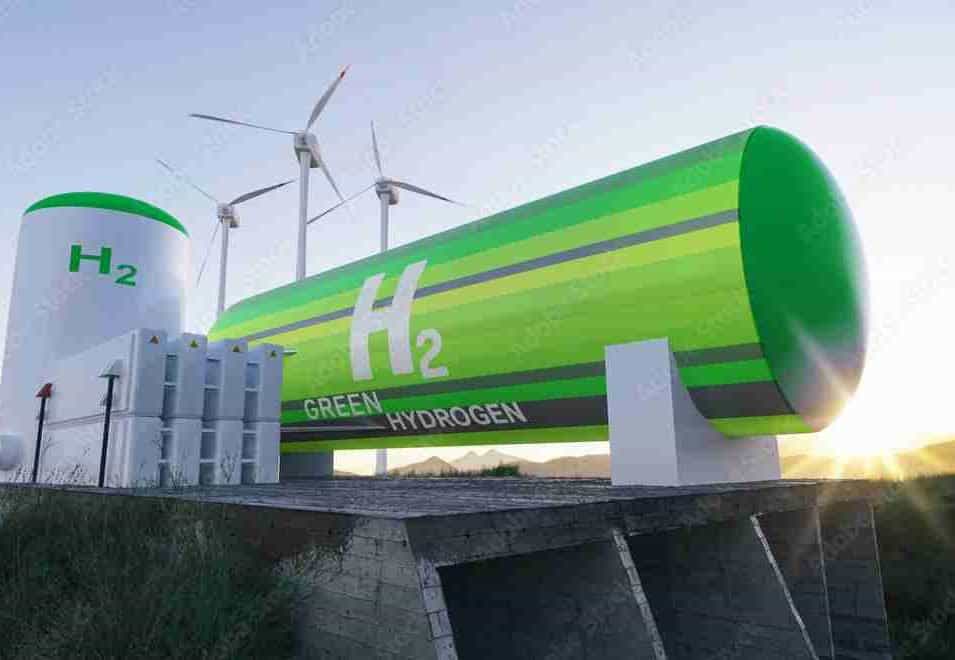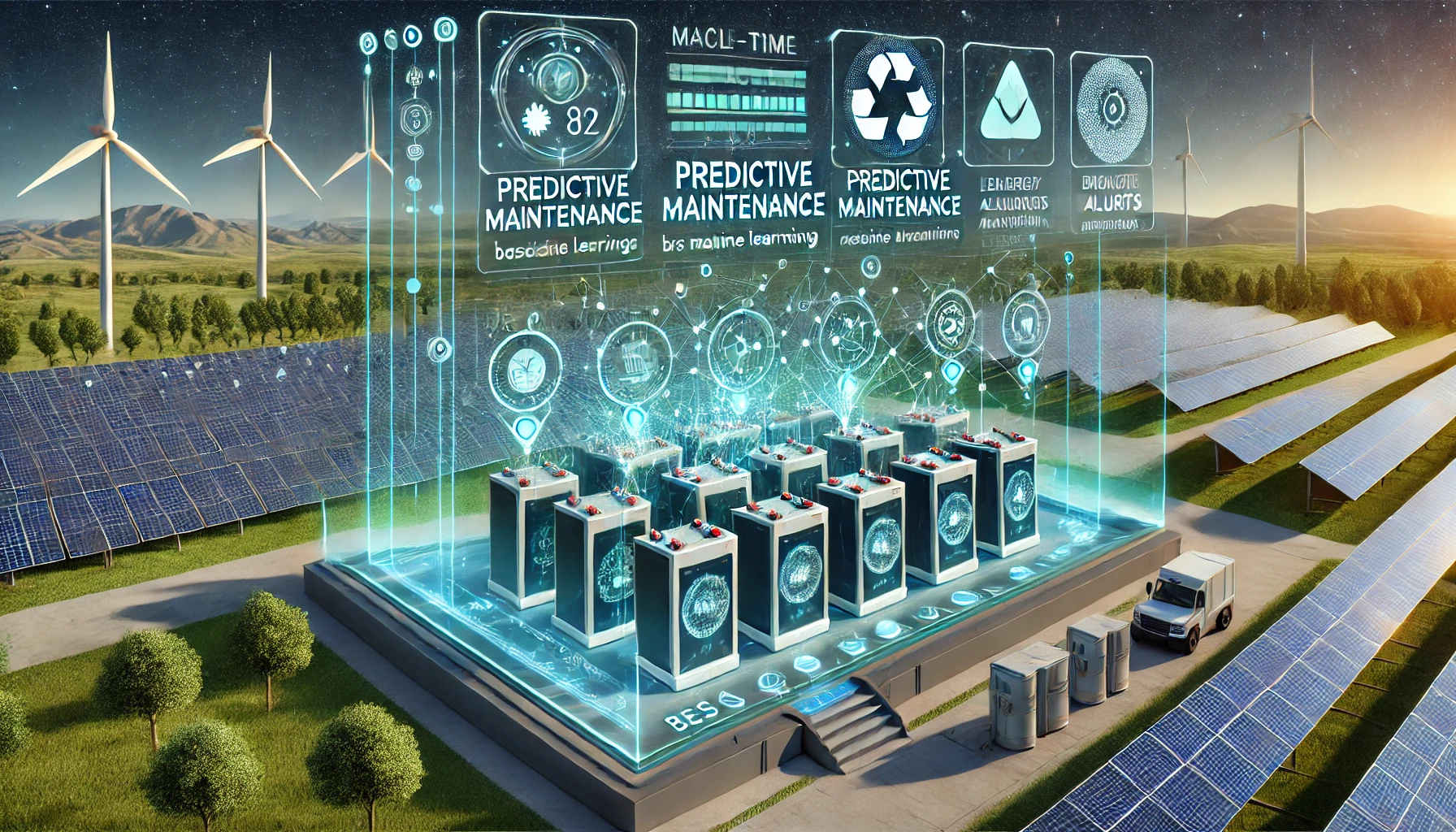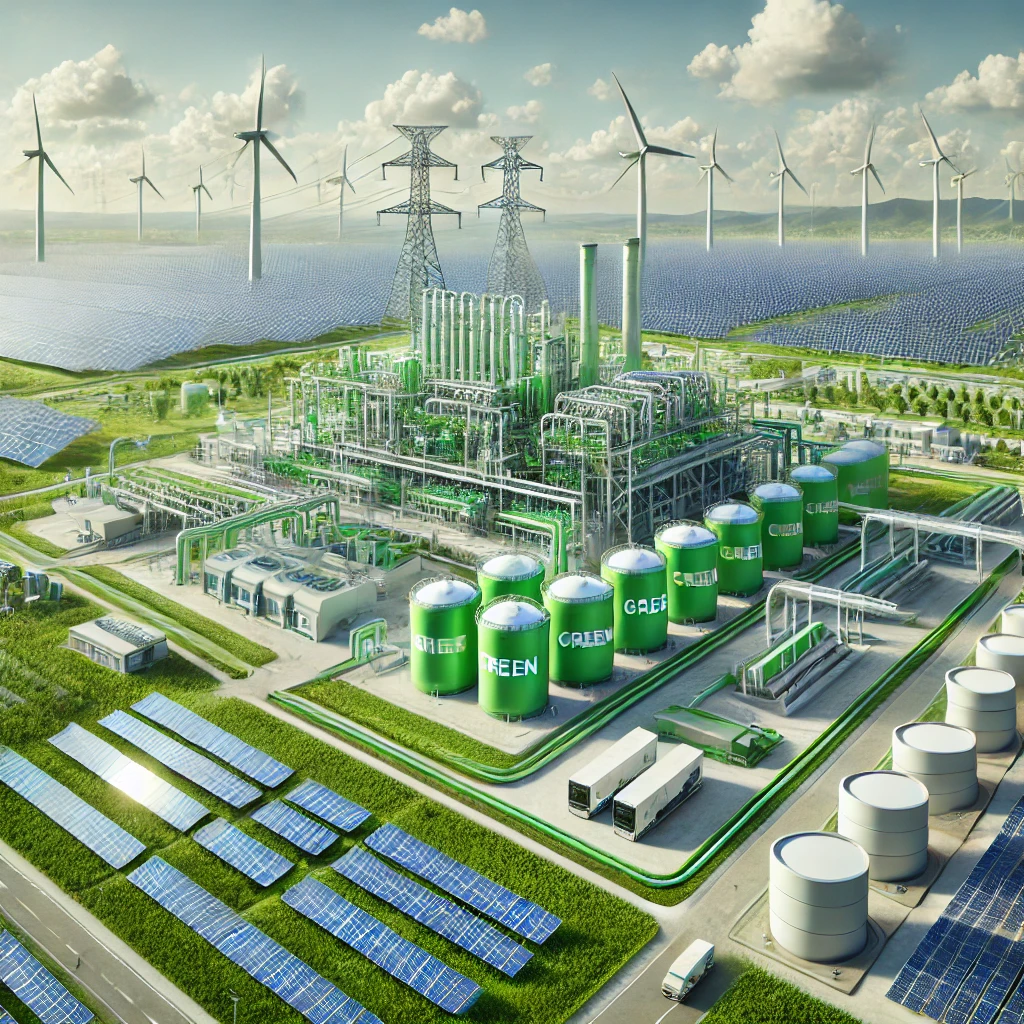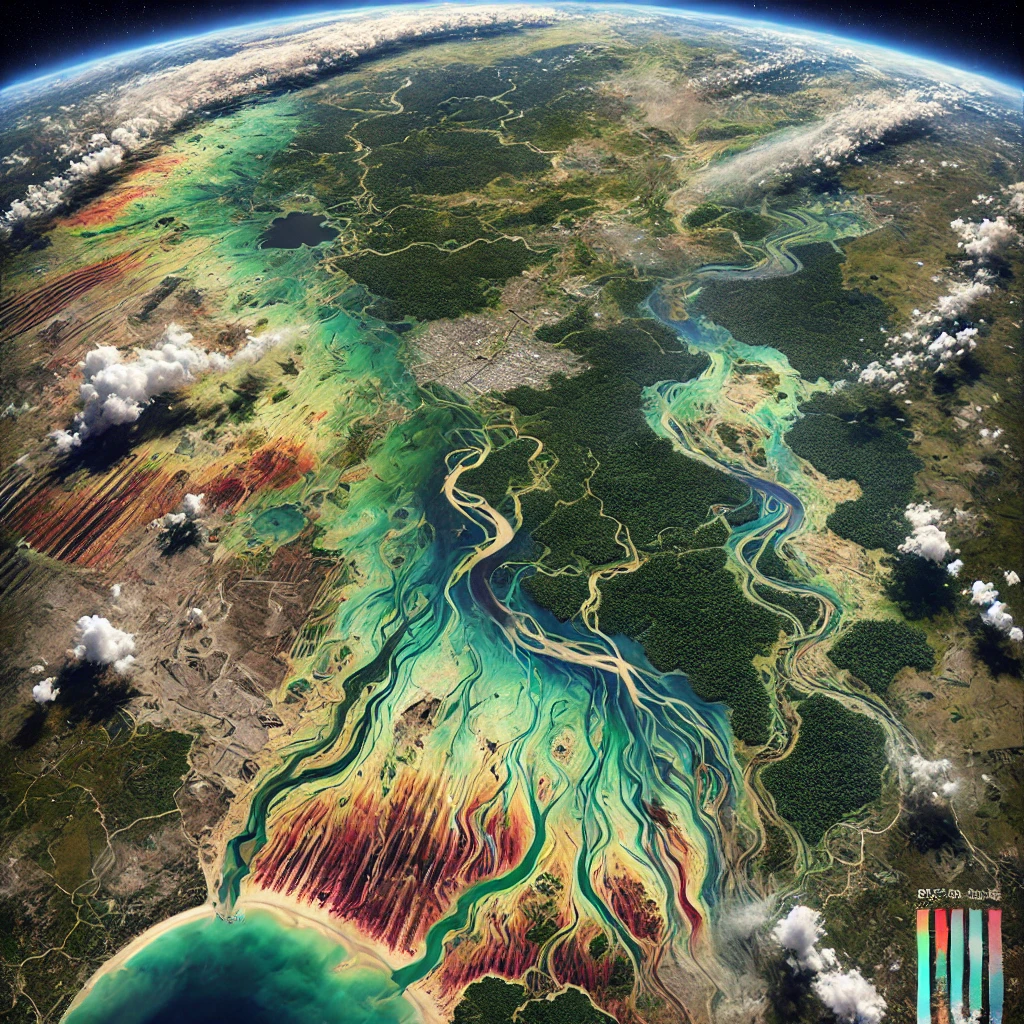Green hydrogen, heralded as a revolutionary energy source, has risen to prominence as a beacon of hope in the global shift towards a low-carbon energy system. This innovative technology harnesses the power of water electrolysis using renewable energy sources, a process that separates hydrogen and oxygen in water by applying an electric current. Green hydrogen’s allure lies in its eco-friendly attributes, as it produces zero carbon emissions, paving the way for a cleaner, more sustainable energy landscape.
The potential of green hydrogen is not merely confined to environmental benefits; its versatility extends across an extensive spectrum of applications. From decarbonizing transportation by powering fuel cell vehicles to fueling industrial processes that demand high-energy density, green hydrogen offers a versatile solution. It presents a powerful alternative to fossil fuels, which have long been the primary drivers of global energy consumption. The benefits are twofold: green hydrogen not only reduces greenhouse gas emissions but also helps enhance energy security by diversifying our energy sources.
Despite the immense potential of green hydrogen, its widespread adoption faces several challenges. At the forefront is the need for efficient planning, management, and monitoring of the entire hydrogen life cycle, encompassing production, distribution, and consumption. This complexity arises from the need to align various elements, including ensuring a reliable supply of renewable energy for electrolysis, establishing an integrated network for hydrogen distribution, and supporting the development of end-use technologies that can harness green hydrogen’s energy potential. This is where Geographic Information Systems (GIS) enters the stage as a game-changing enabler.
GIS, the acronym for Geographic Information Systems, is a robust and multifaceted technology. At its core, GIS enables users to visualize, analyze, and manage data within a spatial context. It capitalizes on geospatial data, which encompasses information related to location, terrain, and geographical attributes. By merging data from diverse sources such as satellite imagery, weather stations, and production-consumption data, GIS provides invaluable insights into the optimal siting of hydrogen production facilities, routing of hydrogen pipelines, and the identification of potential consumers.
One of the pivotal strengths of GIS is its ability to model complex systems and simulate diverse scenarios. For example, it can accurately estimate the potential output of a solar or wind farm. This estimation is then employed to determine the optimal size and location of a hydrogen production facility. By simulating the transport and storage of hydrogen, GIS can identify potential bottlenecks and facilitate the optimization of infrastructure design, contributing to efficient and cost-effective hydrogen distribution.
Moreover, GIS plays a pivotal role in real-time monitoring and management of green hydrogen systems. By integrating data from sensors and various monitoring sources, GIS creates a comprehensive and detailed picture of the current status of the system. This empowers operators to make informed decisions in real-time. For instance, GIS can monitor the performance of individual hydrogen production units, track the movement of hydrogen along pipelines, and predict demand based on weather conditions and other factors. Such real-time insights are instrumental in ensuring the efficient functioning of green hydrogen systems.
Beyond its technical prowess, GIS extends its capabilities to the evaluation of social and environmental impacts. It can identify regions where the construction of hydrogen infrastructure may have adverse effects on local communities or ecosystems. Moreover, it can identify potential conflicts between different land uses, thereby assisting in the resolution of issues and fostering sustainable development.
In conclusion, the journey towards widespread adoption of green hydrogen necessitates efficient and effective planning, management, and monitoring of the entire hydrogen life cycle. GIS emerges as a formidable technology that not only unlocks crucial insights into these processes but also plays a pivotal role in optimizing the design and operation of hydrogen infrastructure. As the use of green hydrogen continues to expand and play a more prominent role in our sustainable energy future, the need for GIS becomes increasingly pressing. This technology forms an essential partnership with green hydrogen, ensuring that it can realize its full potential in driving a cleaner, more sustainable energy landscape.
The relationship between green hydrogen and GIS is a synergistic one, wherein each complements and reinforces the other. This dynamic duo stands poised to lead the charge in the global energy revolution, shaping the future of clean, efficient, and environmentally friendly energy systems. The promise of green hydrogen, coupled with the capabilities of GIS, signifies a brighter and greener future for our world.







